Examination Lamp
Examination Lamp
An examination lamp, also known as a medical examination light or exam light, is an essential piece of equipment in various medical settings. It is designed to provide bright, focused illumination, aiding healthcare professionals in conducting thorough examinations and performing precise medical procedures.
Description
Examination Lamp
An examination lamp, also known as a medical examination light or exam light, is an essential piece of equipment in various medical settings. It is designed to provide bright, focused illumination, aiding healthcare professionals in conducting thorough examinations and performing precise medical procedures. Here is a detailed overview of examination lamps:
Key Features of Examination Lamps
- Adjustable Arm and Head
- Flexibility: Examination lamps are equipped with adjustable arms and heads, allowing healthcare professionals to position the light source precisely where it is needed. This flexibility ensures optimal lighting angles and reduces the need for repositioning the patient.
- Articulated Joints: Many examination lamps have articulated joints that can be locked into place, providing stability and maintaining the desired light position throughout the examination or procedure.
- High-Intensity Light
- Brightness: Examination lamps are designed to provide high-intensity light, which is crucial for illuminating small or detailed areas. This level of brightness helps in identifying abnormalities and conducting accurate assessments.
- Focus: The lamps often have adjustable focus settings, allowing the light beam to be concentrated on a specific area. This focused illumination is particularly important during intricate procedures.
- Shadow Reduction
- Multiple Light Sources: Some examination lamps utilize multiple light sources or specially designed reflectors to minimize shadows. This feature ensures that the illuminated area is uniformly lit, improving visibility and reducing the chances of errors.
- Optimal Placement: The design and placement of the light source aim to reduce obstructions and shadows that could interfere with the examination.
- Cool Light
- LED Technology: Many modern examination lamps use LED (Light Emitting Diode) technology, which produces bright light with minimal heat generation. This prevents discomfort for both patients and practitioners during extended use.
- Color Temperature: LEDs often have adjustable color temperatures, allowing healthcare providers to select the most appropriate lighting conditions for different procedures.
- Portability
- Mobile Stands: Examination lamps can be mounted on mobile stands with wheels, making them easy to move around the examination room or between different rooms. This portability is particularly useful in busy medical settings where space and flexibility are important.
- Compact Design: Some models are designed to be compact and lightweight, further enhancing their portability and ease of use.
Types of Examination Lamps
- Fixed Examination Lamps
- These are mounted on walls, ceilings, or examination tables. They provide a stable light source that can be adjusted for height and angle but is generally fixed in one location.
- Mobile Examination Lamps
- These lamps are attached to rolling stands or carts, allowing them to be easily moved around the medical facility. They offer flexibility and can be used in different examination rooms as needed.
- Head-Mounted Examination Lamps
- These lamps are worn by healthcare providers on their heads, providing light that moves with the practitioner’s line of sight. They are especially useful for procedures requiring high precision and dexterity.
Applications of Examination Lamps
- General Medical Examinations
- Used by doctors and nurses during routine physical exams to check for signs of illness or injury.
- Minor Surgical Procedures
- Provides the necessary lighting for minor surgical interventions, such as suturing, biopsies, and minor wound care.
- Dental Work
- Essential for dentists to clearly see inside a patient’s mouth, aiding in diagnosis and treatment.
- Dermatology
- Used by dermatologists to examine skin conditions and perform minor dermatological procedures.
- Gynecology
- Provides illumination for pelvic exams and minor gynecological procedures.
- Veterinary Use
- Also used in veterinary practices to examine and treat animals.
Considerations When Choosing an Examination Lamp
- Brightness and Light Quality
- Ensure the lamp provides sufficient brightness and has options for adjusting light intensity and focus.
- Ergonomics and Adjustability
- Look for lamps with easy-to-adjust arms and heads that can be positioned precisely without much effort.
- Durability and Build Quality
- Consider lamps made from high-quality materials that can withstand frequent use in a medical environment.
- Energy Efficiency
- LED lamps are preferred for their energy efficiency and long lifespan compared to traditional incandescent bulbs.
- Portability and Stability
- If mobility is important, choose lamps with sturdy, easy-to-move stands that do not compromise on stability.
In summary, examination lamps are indispensable tools in the medical field, providing the necessary lighting for accurate diagnosis and effective treatment. Their design and features are tailored to meet the specific needs of various medical practices, ensuring both patient comfort and practitioner efficiency.


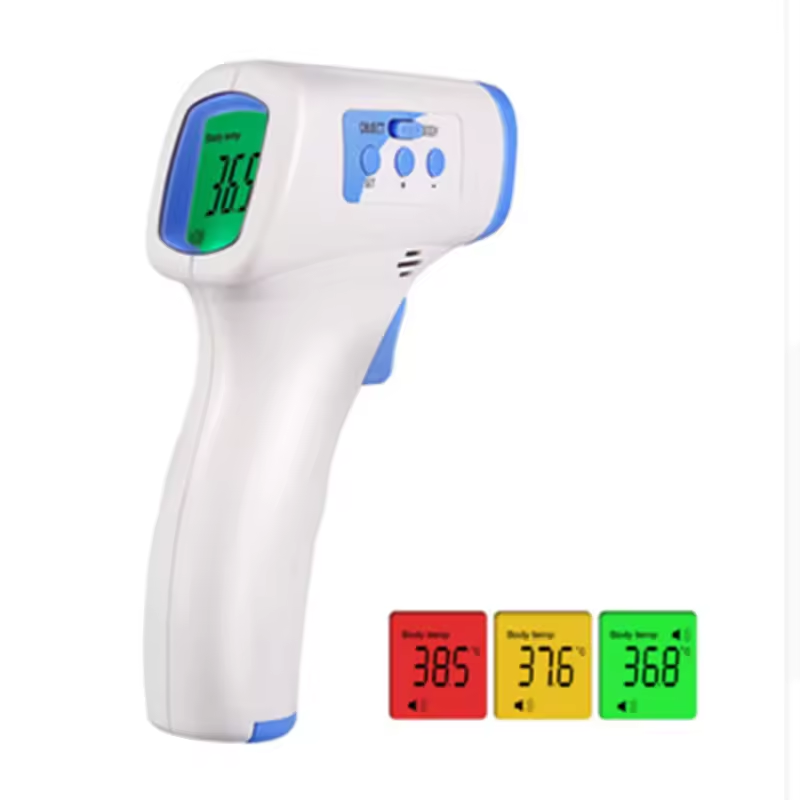

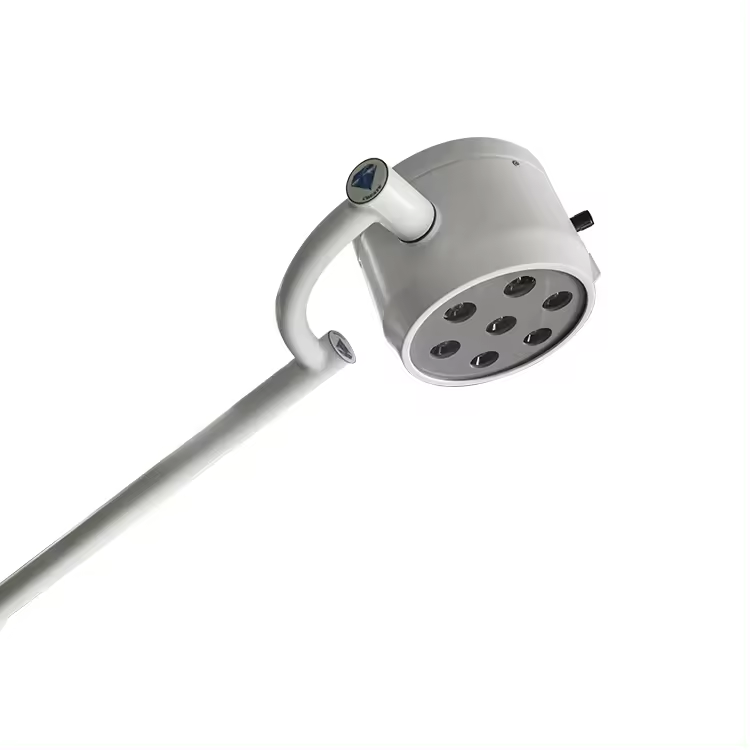
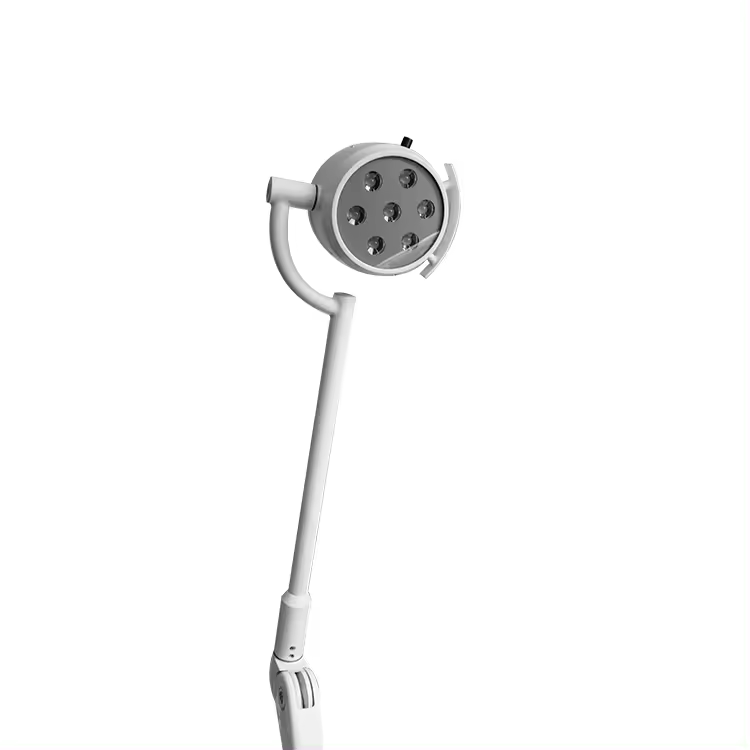
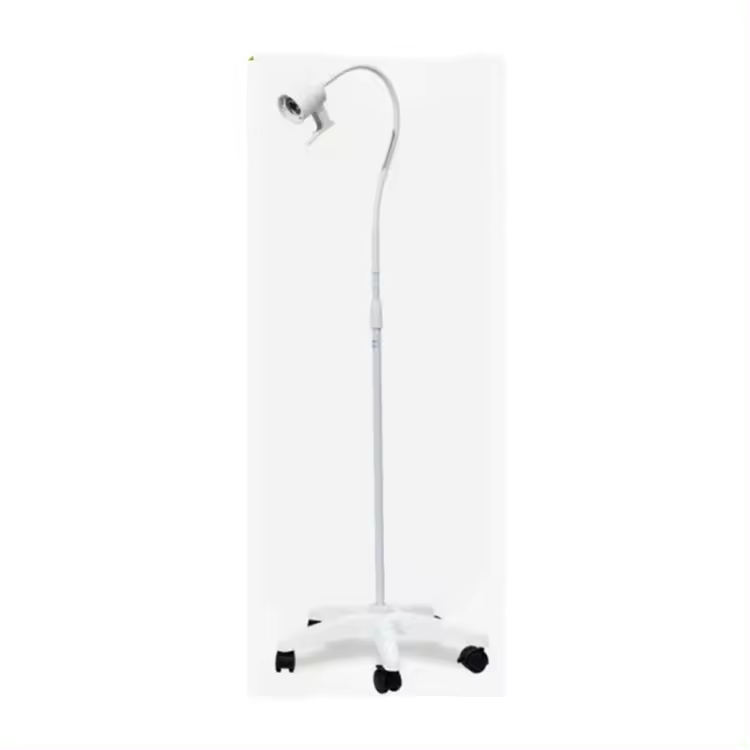


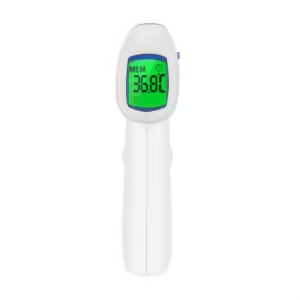


























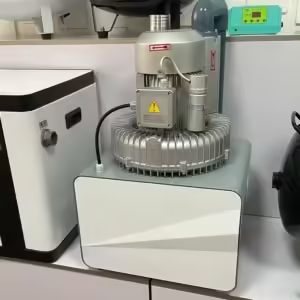



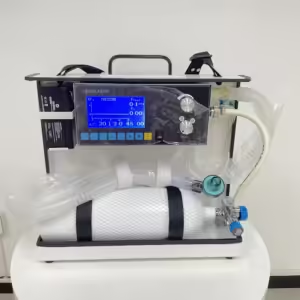

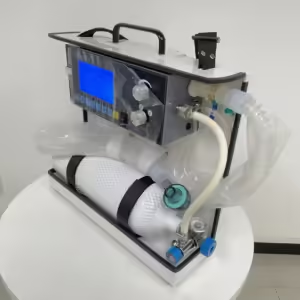
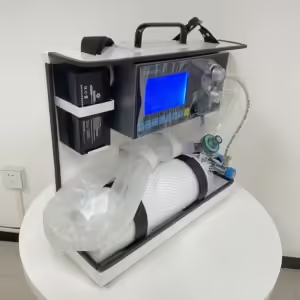









Reviews
There are no reviews yet.